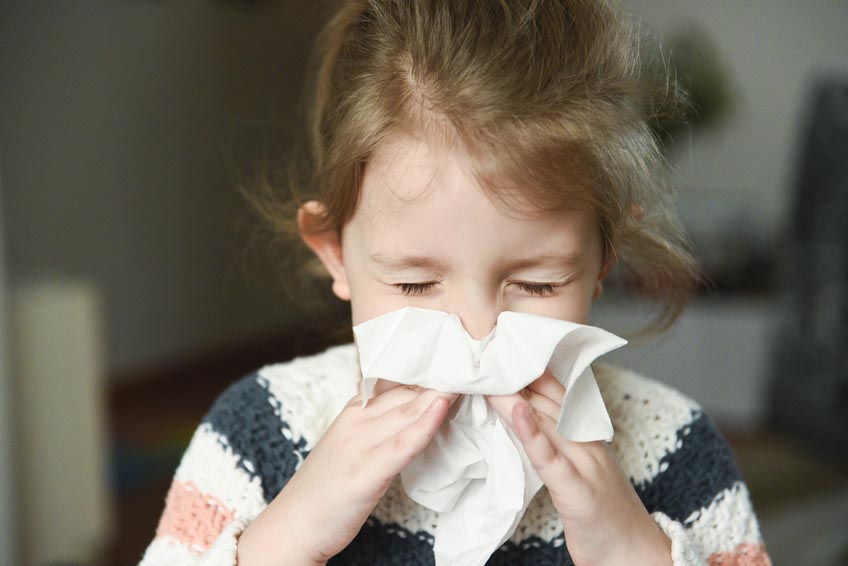Home > Healthcare professionals area > Babies’ nose bacteria are linked to the duration of respiratory infections
Babies’ nose bacteria are linked to the duration of respiratory infections
Giorgia Guglielmi
13.02.2019

A Swiss study suggests that some specific nose bacteria are related to the duration of colds and cough in children.
Access this content — Log in or Sign Up
Connect with companies, access resources, save favorites, create your own company profile, and stay updated on new events — all for free. Elevate your microbiome experience today!
 Latest related content
Latest related content
Scientific research
Latest News
Scientific research








